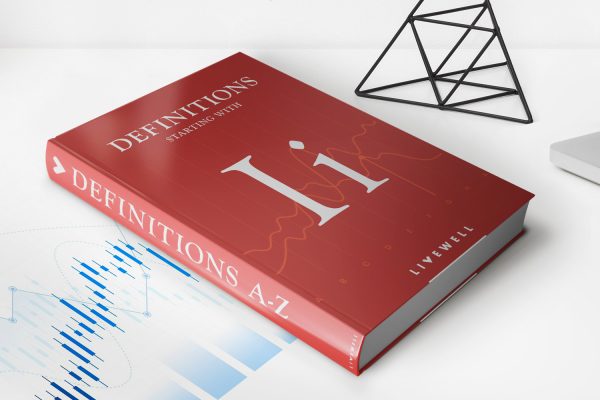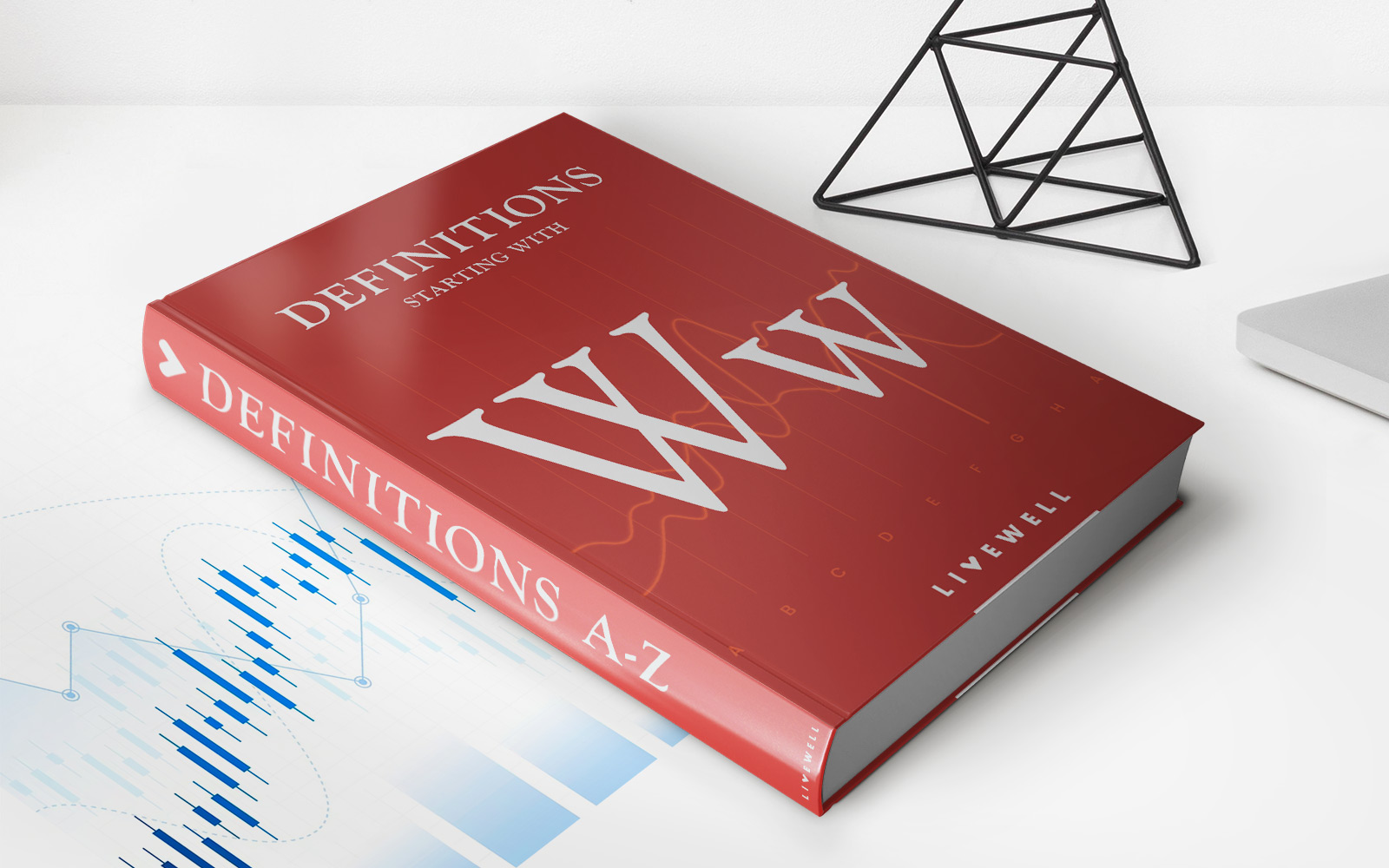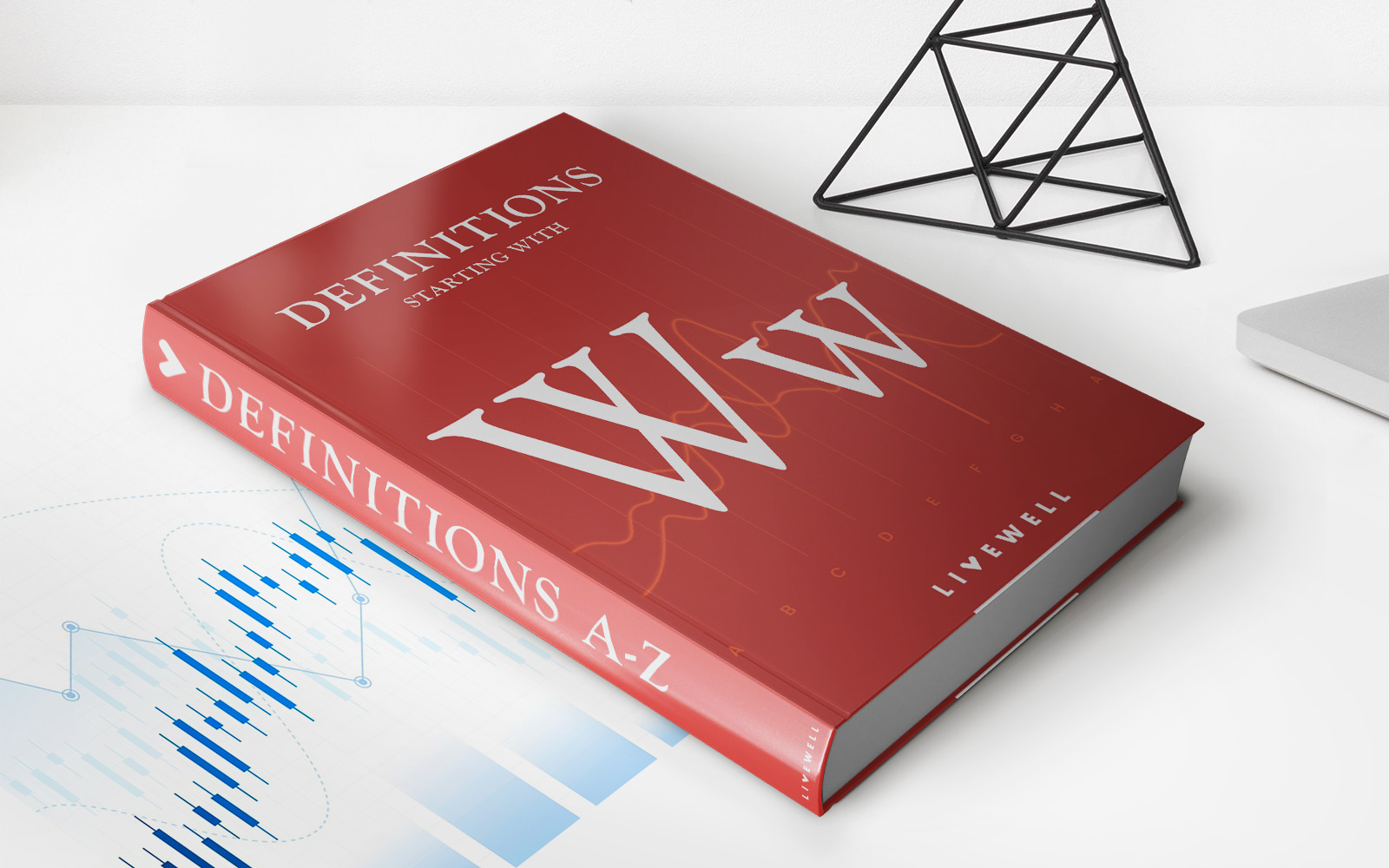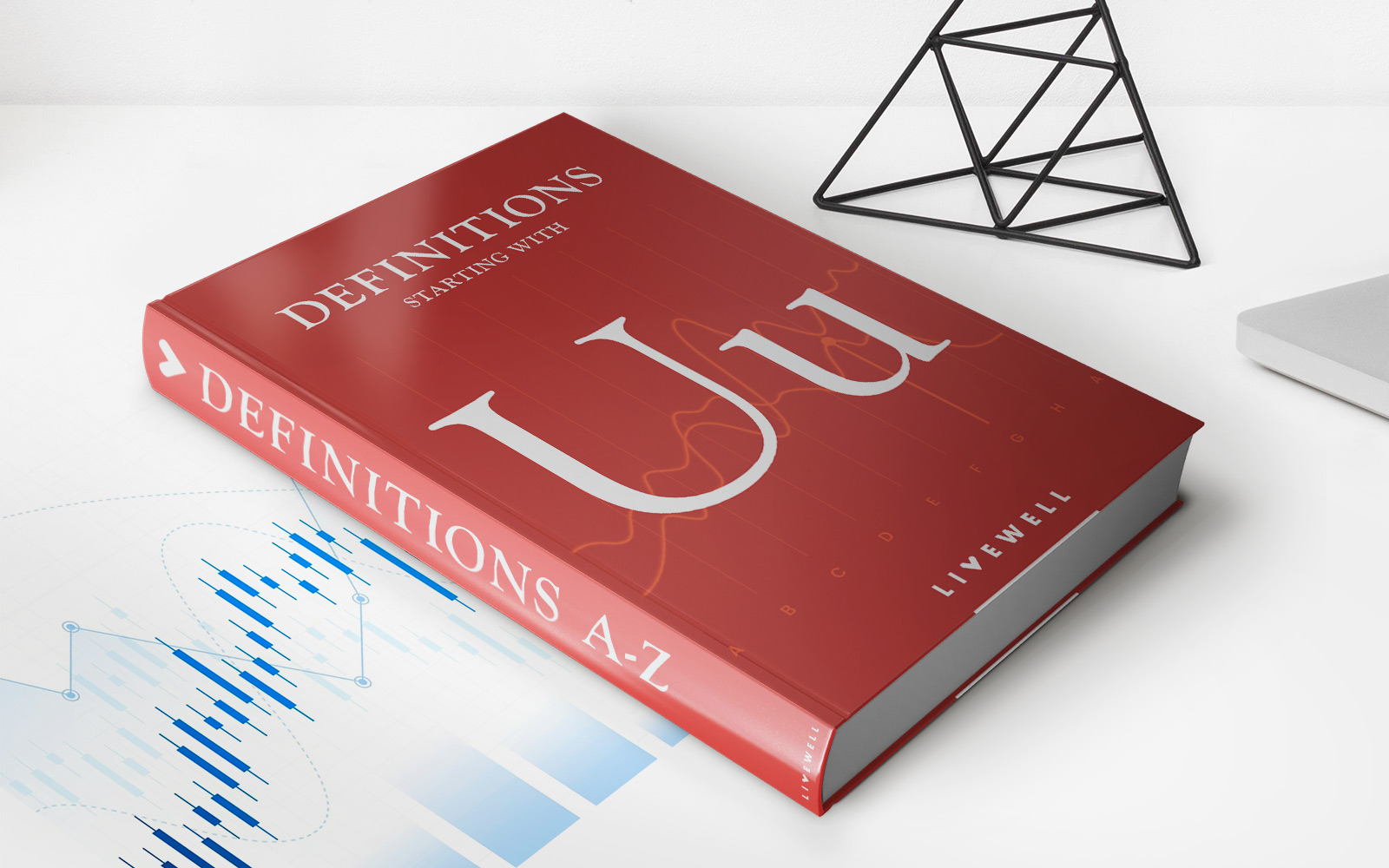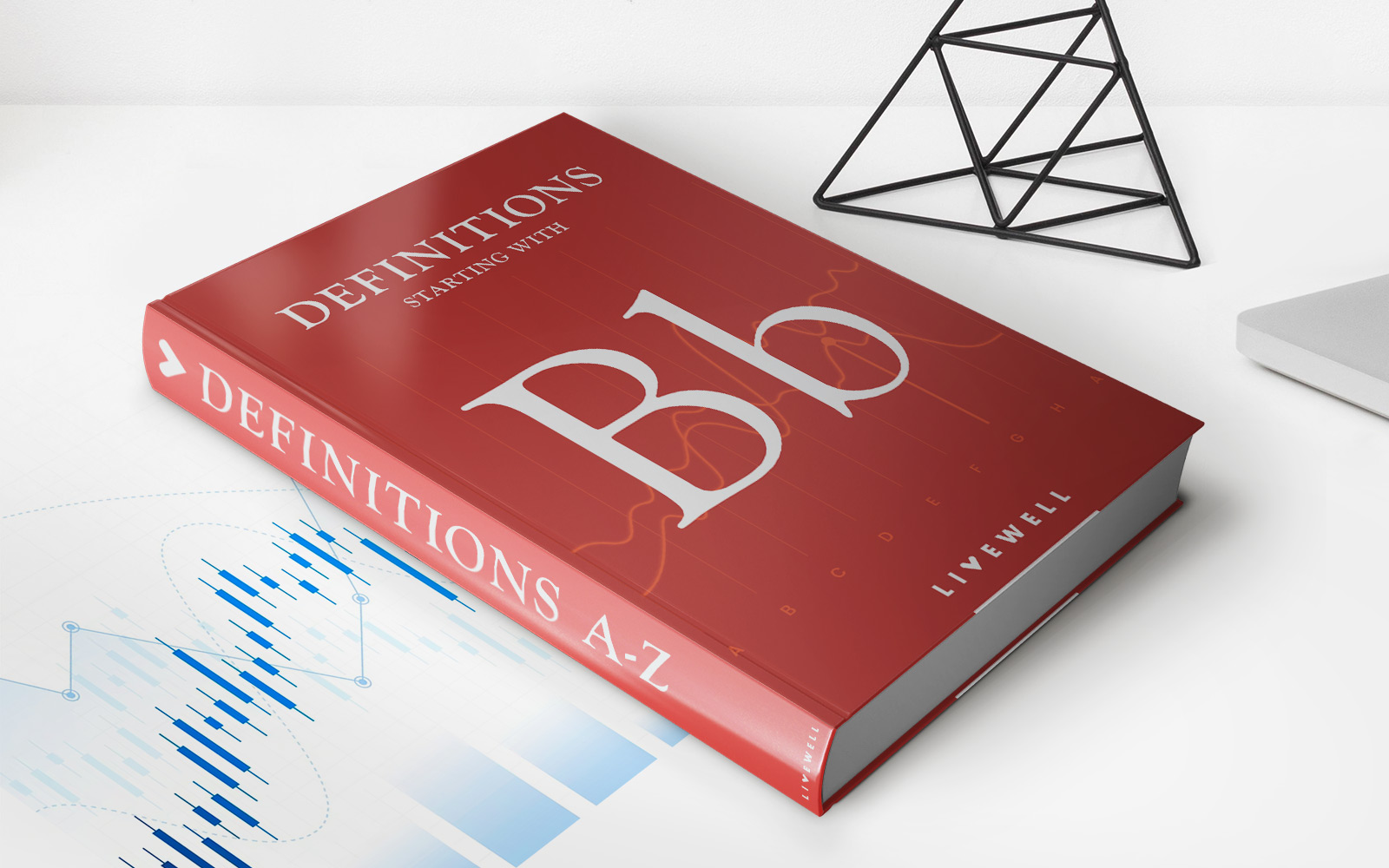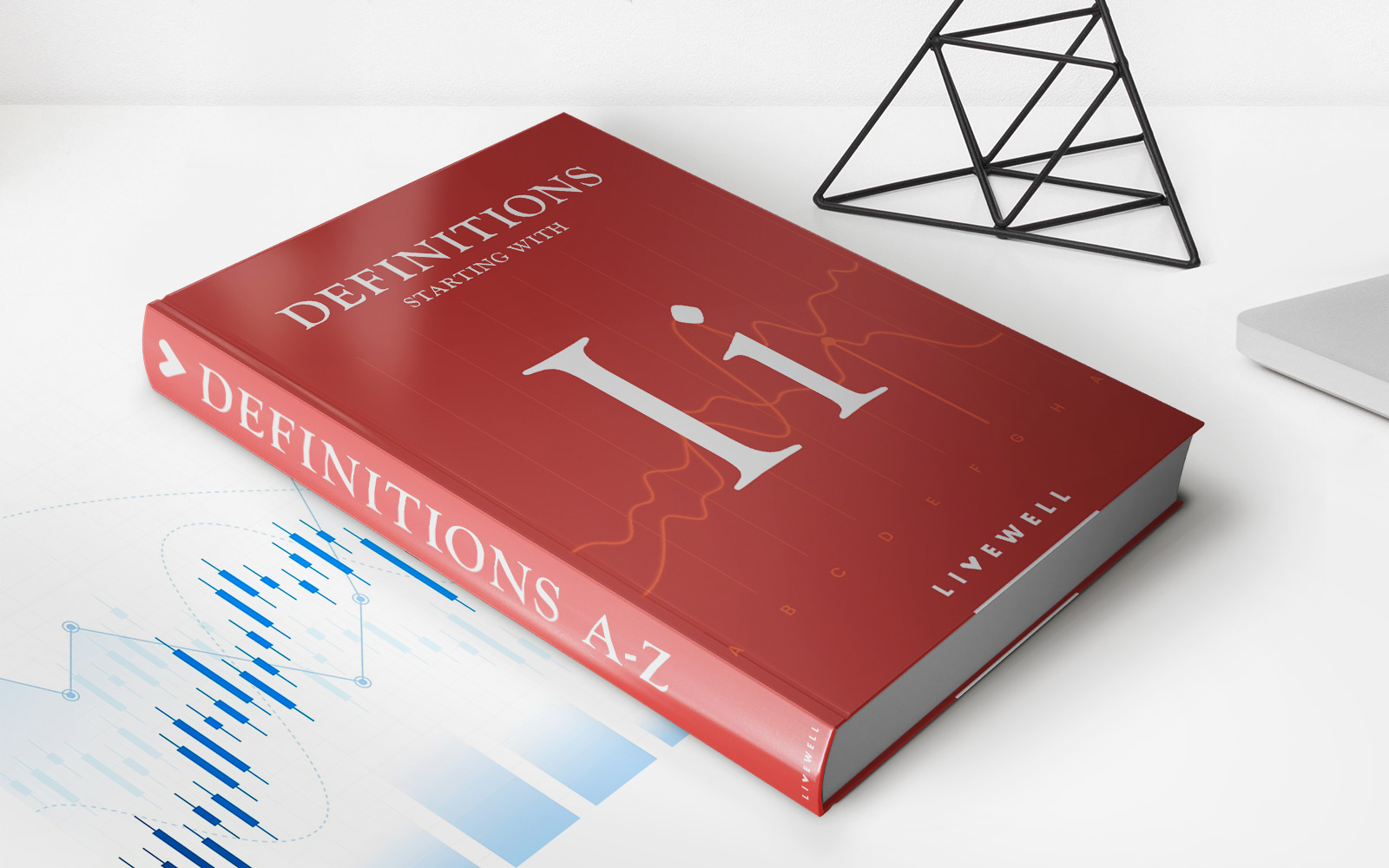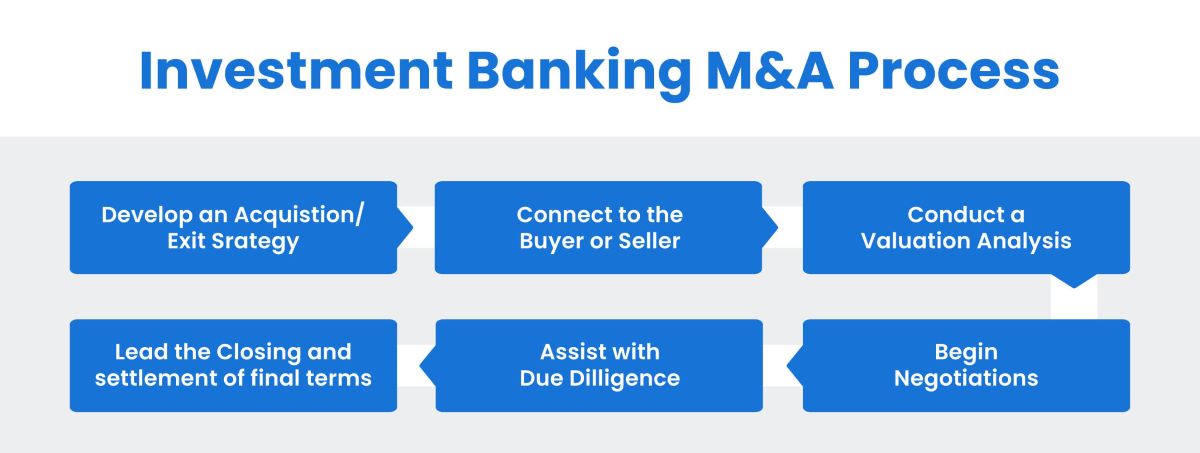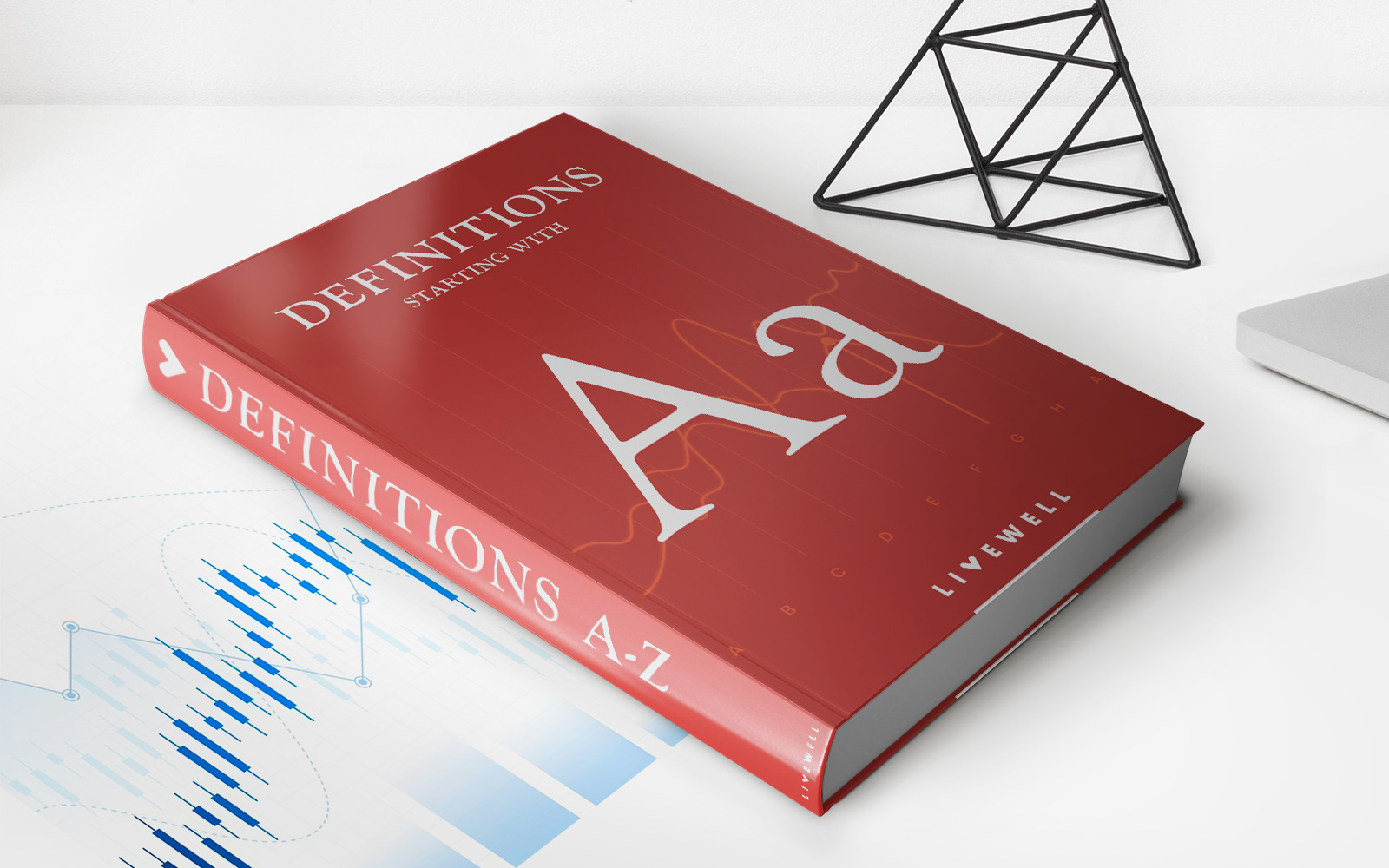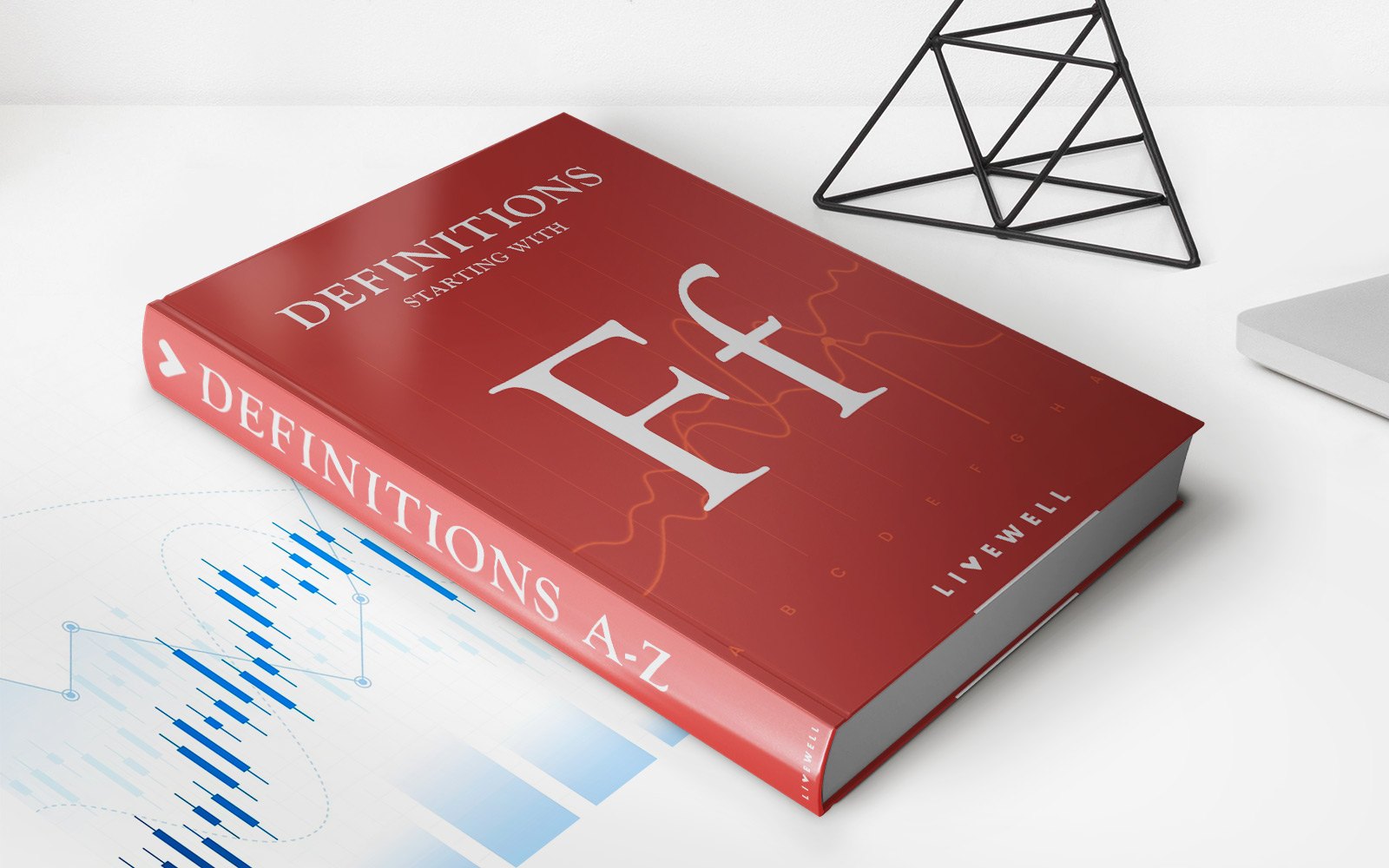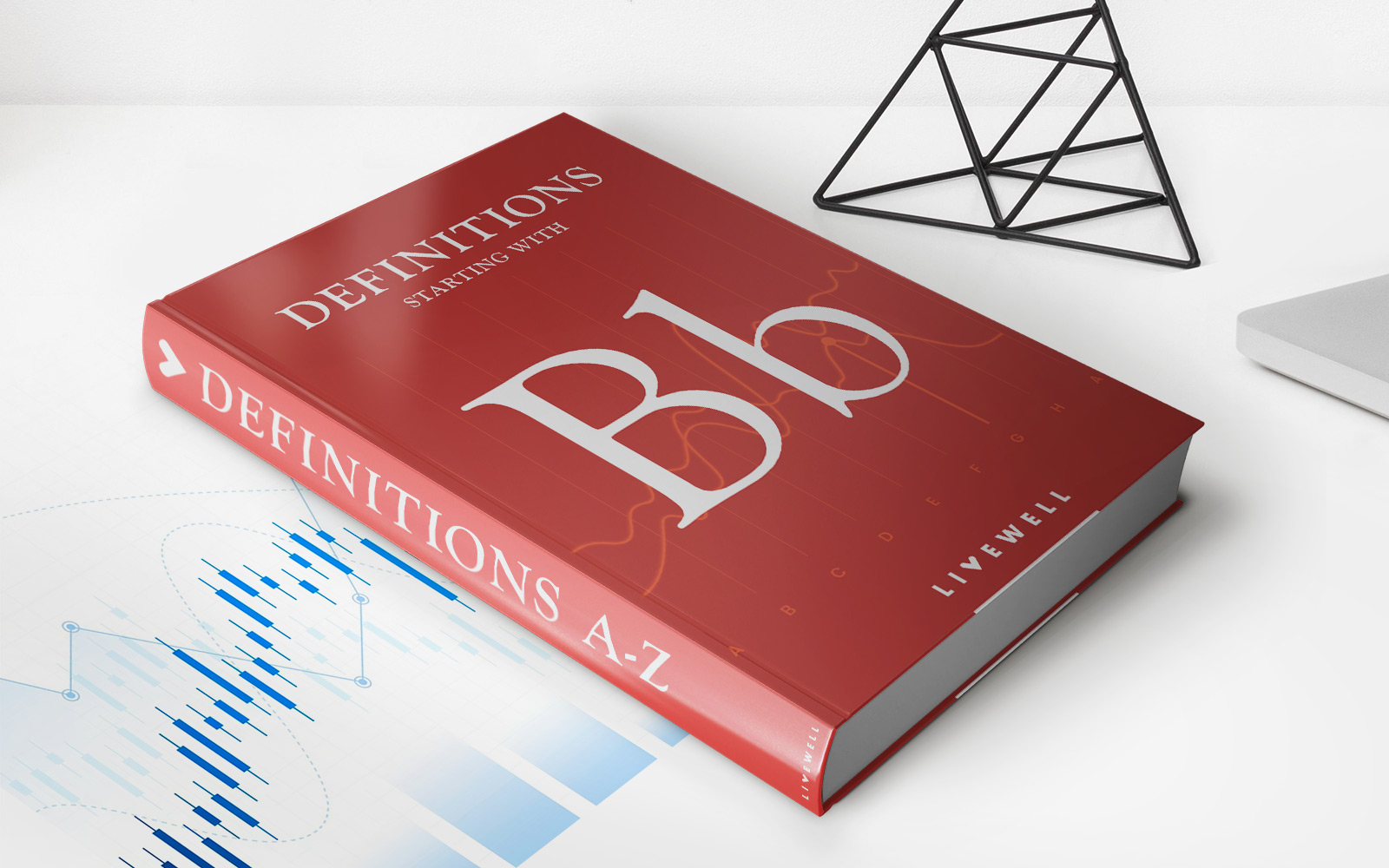

Finance
Bridge Insurance Definition
Published: October 19, 2023
Secure your financial investments with bridge insurance. Learn the definition of bridge insurance and how it can safeguard your finances.
(Many of the links in this article redirect to a specific reviewed product. Your purchase of these products through affiliate links helps to generate commission for LiveWell, at no extra cost. Learn more)
When it comes to personal finance, knowledge is power. Understanding different financial terms and concepts can help you make informed decisions and protect your financial well-being. In this blog post, we will dive into the world of bridge insurance and provide you with a clear definition and understanding of what it entails.
Key Takeaways:
- Bridge insurance is a type of temporary coverage that fills the gap between two insurance policies.
- It is commonly used when transitioning between different insurance providers or upgrading to a new policy.
So, what exactly is bridge insurance? Essentially, it acts as a temporary coverage option to bridge the gap between two insurance policies. This type of insurance is particularly useful when changing insurance providers or upgrading to a new policy, ensuring that you maintain continuous coverage without any lapses.
Bridge insurance provides you with peace of mind during the transition period. Without it, you may be left vulnerable and exposed to potential risks, especially if an unfortunate event occurs during the switch or upgrade. With bridge insurance, you can protect yourself financially and avoid any potential gaps in coverage.
Now that we understand the basics of bridge insurance, let’s delve into its benefits:
Benefits of Bridge Insurance:
- Continuous Coverage: Bridge insurance ensures that you maintain continuous coverage, providing you with peace of mind during the transition period.
- Protection: By having bridge insurance in place, you safeguard yourself against potential risks and avoid any gaps in coverage.
- Smoother transition: Switching insurance policies or providers can be a complex process. Bridge insurance simplifies the transition, allowing you to focus on finding the right insurance solution without worrying about a temporary lapse in coverage.
Bridge insurance is a valuable tool for anyone in need of temporary coverage during a policy change or upgrade. It ensures that you are protected financially and minimizes any potential gaps in coverage.
In conclusion, understanding financial terms like bridge insurance is vital when it comes to managing your personal finances effectively. Bridge insurance acts as a temporary coverage option to bridge the gap between two insurance policies, keeping you protected during the transition period. Remember to consider bridge insurance when changing policies or providers, and enjoy the peace of mind that comes with continuous coverage.

